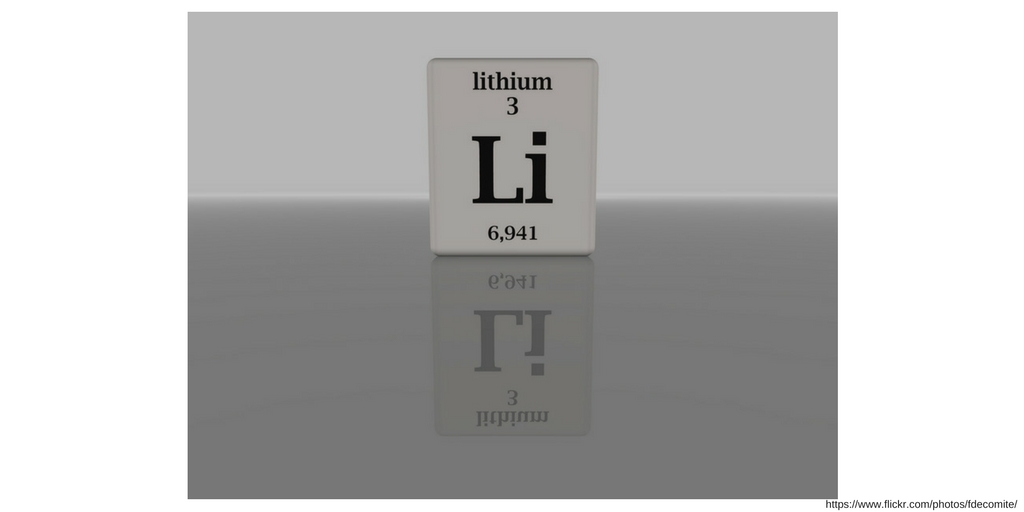

Obtain authorization and/or further instructions from the local hospital for administration of an antidote or performance of other invasive procedures.ġ. If breathing is labored, administer oxygen or other respiratory support.ģ. If not breathing, provide artificial respiration. Evaluate vital signs including pulse and respiratory rate, and note any trauma. Emergency personnel should avoid self-exposure to lithium hydride.Ģ. Rescue vehicles should carry supplies such as plastic sheeting and disposable plastic bags to assist in preventing spread of contamination.ġ. Air-purifying or supplied-air respiratory equipment should also be worn, as necessary. Emergency personnel should wear protective clothing appropriate to the type and degree of contamination. Apathy and mental confusion may develop, with progression to coma and death.Emergency Life Support Procedures: Acute exposure to lithium hydride may require decontamination and life support for the victims. Stridor (high-pitched, noisy respirations), dyspnea (shortness of breath), and pulmonary edema are also common. Increased salivation, dysphagia (difficulty swallowing), abdominal pain, and spontaneous vomiting may occur. Signs and Symptoms of Acute Lithium Hydride Exposure: Acute exposure to lithium hydride may result in irritation and burning of the skin, eyes, and mucous membranes. Contact with eyes may result in severe damage to the cornea, conjunctiva, and blood vessels. Warning: Lithium hydride is an alkaline-corrosive agent.

EYEWASH - Eyewash fountains should be provided in areas where there is any possibility that workers could be exposed to the substances this is irrespective of the recommendation involving the wearing of eye protection.Remove: WHEN WET OR CONTAMINATED - Work clothing that becomes wet or significantly contaminated should be removed and replaced.Ĭhange: DAILY - Workers whose clothing may have become contaminated should change into uncontaminated clothing before leaving the work premises. Wash skin: BRUSH (DO NOT WASH) - Brush (DO NOT WASH)

#LITHIUM ANTIDOTE SKIN#
Skin: PREVENT SKIN CONTACT - Wear appropriate personal protective clothing to prevent skin contact.Įyes: PREVENT EYE CONTACT - Wear appropriate eye protection to prevent eye contact. Excerpt from NIOSH Pocket Guide for Lithium hydride :


 0 kommentar(er)
0 kommentar(er)
